The Military Cable Market is essential for the defense sector, as it supports various applications ranging from communication systems to power transmission within military frameworks. The competitive landscape of this market is characterized by an array of players, each striving to innovate and expand their range of offers.
As the demand for military cables escalates due to advancements in technology and rising military expenditure globally, companies are focusing on enhancing their product portfolios and establishing strategic partnerships.
The shift towards more sophisticated military operations necessitates the development of high-performance cable solutions that can withstand extreme conditions, thereby intensifying competition among market participants.
This dynamic environment drives companies to invest in research and development, ensuring they stay relevant in a market that is increasingly responsive to technological change and varying customer needs.
Hawke International has established a strong foothold in the Military Cable Market, leveraging its extensive experience in providing tailored solutions for military applications. The company is renowned for its innovative designs that prioritize durability and reliability, aligning with the critical requirements of military operations.
One of the significant strengths of Hawke International is its commitment to quality, which has earned it a solid reputation amongst military organizations seeking cables that perform optimally under extreme conditions.
Additionally, Hawke International's strategic focus on collaboration with defense agencies and manufacturers allows it to stay ahead of emerging trends and customer demands. Their robust distribution network also enhances their market presence, ensuring that clients have access to their advanced cable solutions wherever they are needed.
Curtis Wright is another key player competing in the Military Cable Market, recognized for its comprehensive range of products tailored for defense applications.
The company offers an impressive portfolio that includes various cable types designed to meet stringent military specifications. Curtis Wright’s strength lies in its emphasis on technological innovation, which enables it to provide high-reliability solutions that cater to the evolving needs of military programs.
The company's research and development initiatives have positioned it as an industry leader, enabling it to develop cables that not only meet but often exceed existing performance standards.
Additionally, Curtis Wright benefits from a well-established reputation within the defense sector for delivering quality and performance, making it a trusted supplier for military clients worldwide. Its continuous investment in modern manufacturing processes and commitment to sustainability further enhance its competitive advantage in the market.


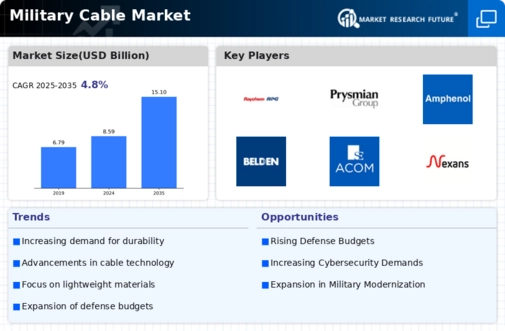
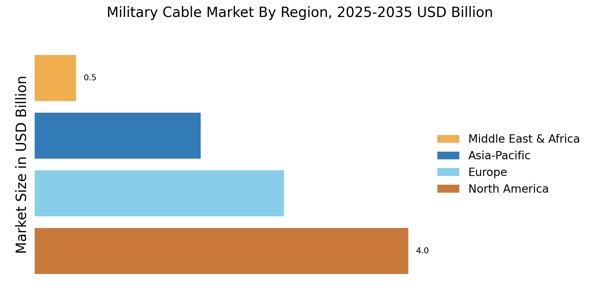


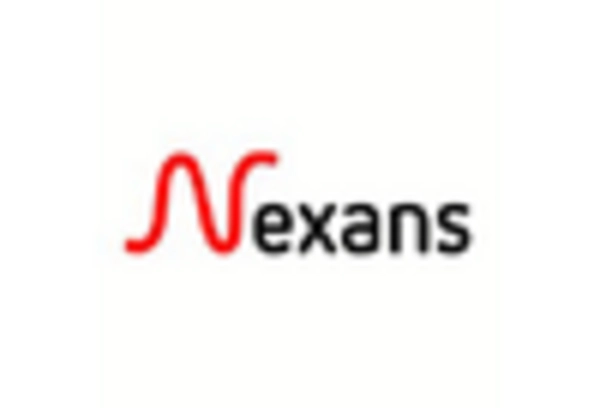
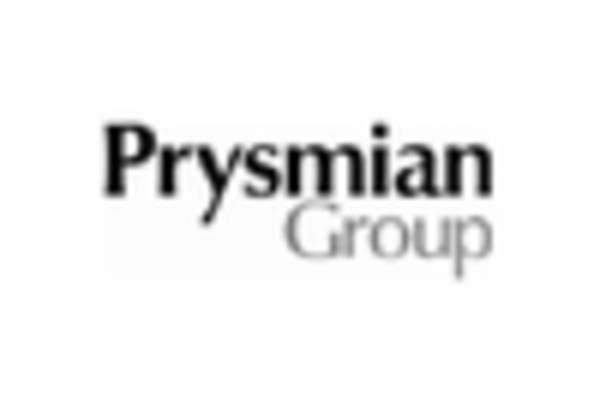

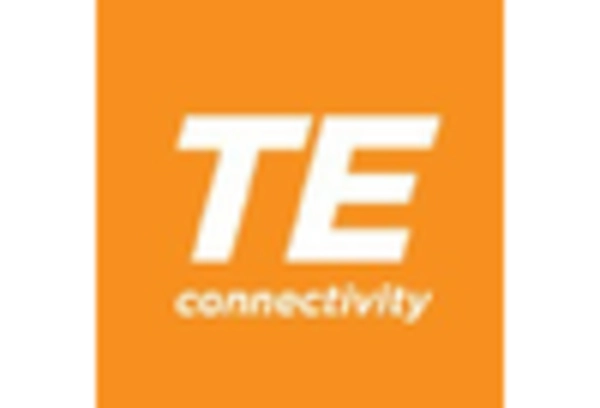








Leave a Comment